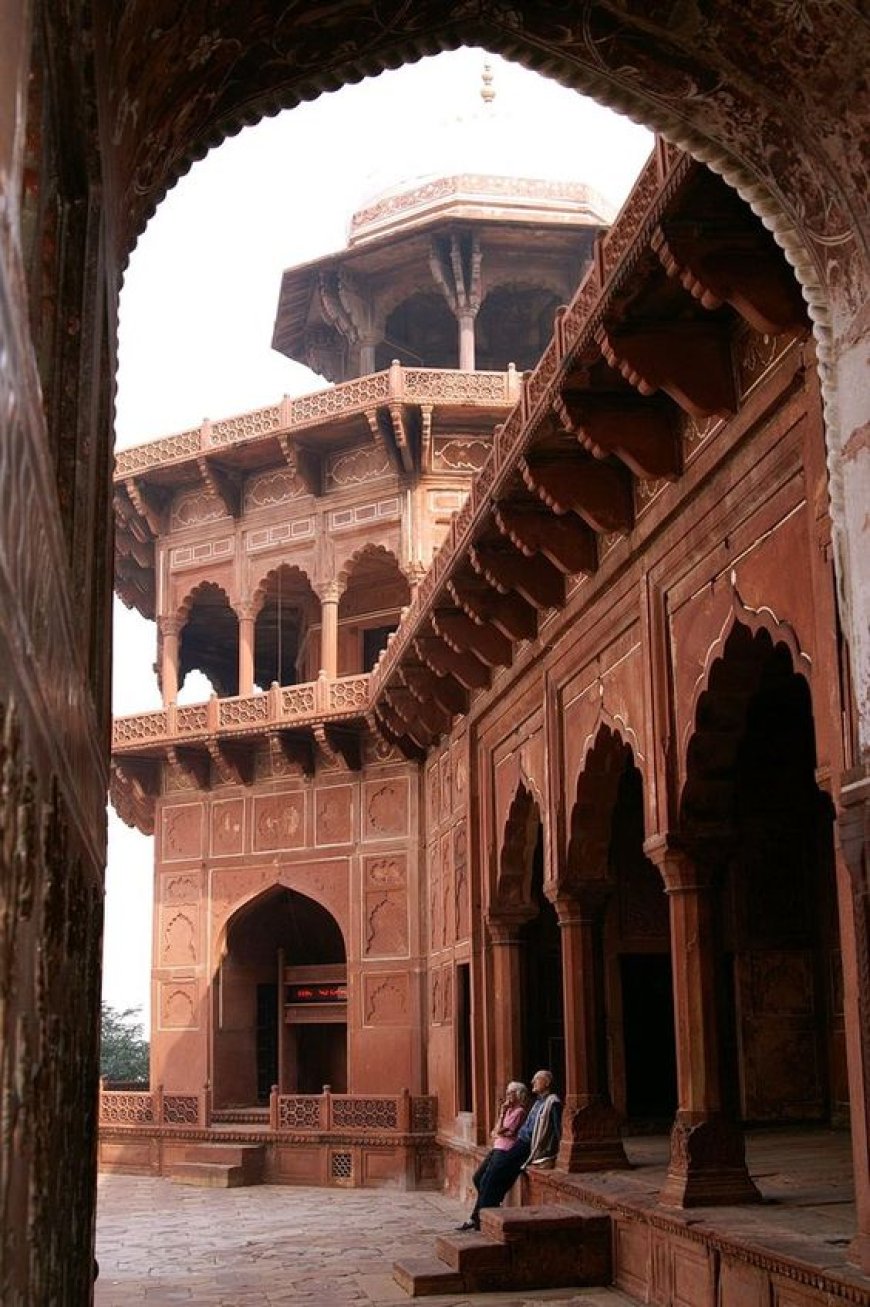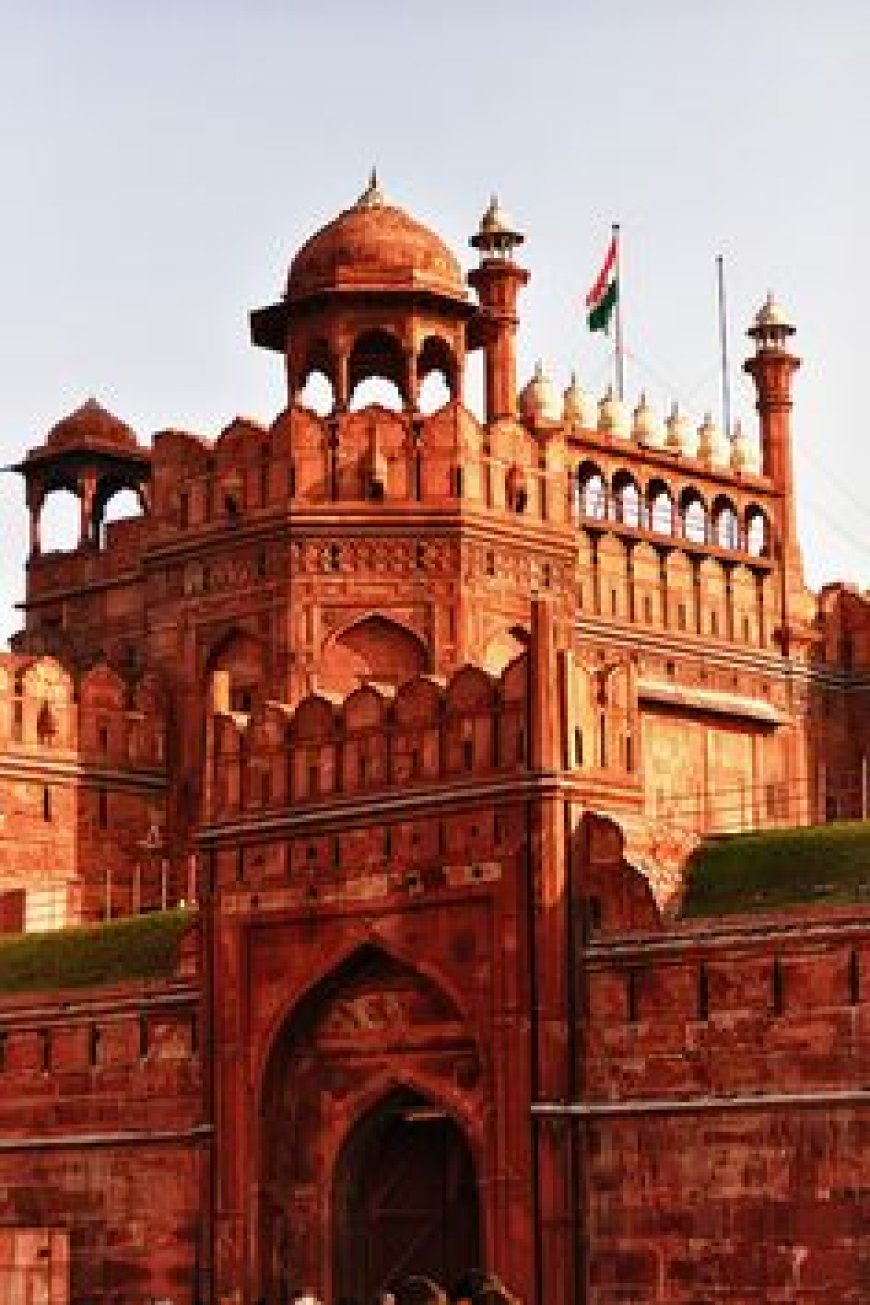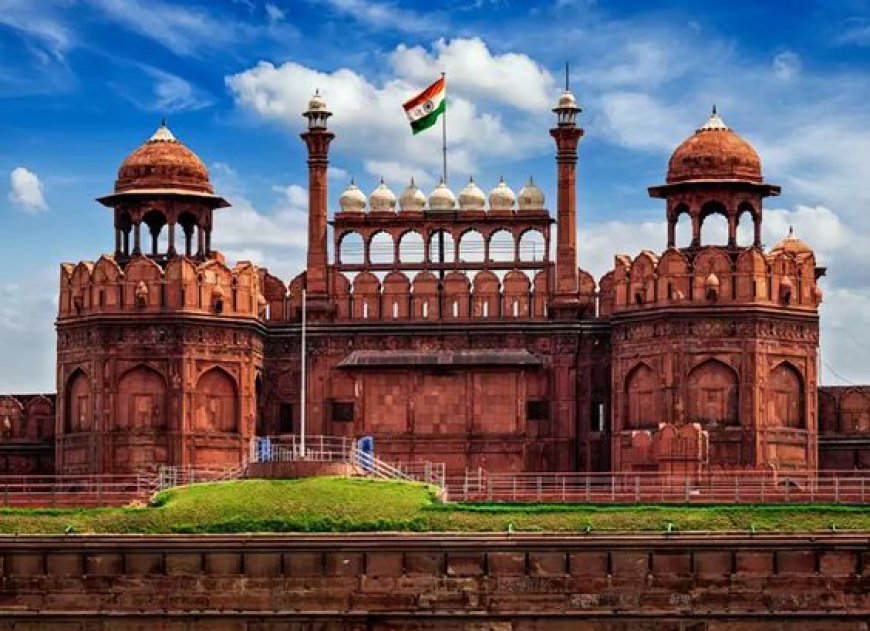The Red Fort: A Timeless Tapestry of Mughal Majesty in Old Delhi
Exploring the Rich History, Art, and Culture within the Iconic Red Sandstone Walls
Old Delhi's Historical and Cultural Treasure, The Red Fort
One of India's most famous and striking structures, the Red Fort, is a must-see attraction if you happen to be visiting Delhi, the nation's capital. The Mughal Emperor Shah Jahan constructed the Red Fort, a historic stronghold in the old Delhi district, in the middle of the 17th century as his new home and seat of government. Because of its walls made of red sandstone that are more than two kilometers long and rise to a height of 75 feet (23 meters), the fort is sometimes referred to as Lal Qila, which translates to "Red Fort" in Hindustani.
In addition to being a magnificent example of Mughal architecture, the Red Fort represents India's vast and varied past. Numerous palaces, halls, gardens, mosques, and museums that display the history, art, and culture of the Mughal period and beyond are located inside the fort complex. Many significant events in Indian history have taken place at the fort, including the coronation of Bahadur Shah Zafar as the final Mughal emperor in 1857, the first war of independence against British colonial rule in 1857–1858, and Prime Minister Jawaharlal Nehru's first raising of the Indian national flag on August 15, 1947, following India's independence from British rule. Annual Independence Day festivities are held in the fort, when the prime minister raises the tricolor flag and gives a speech from its ramparts.
As a component of the Red Fort Complex, which also includes other neighboring landmarks including the Salimgarh Fort, the Qutub Minar, and Humayun's Tomb, the Red Fort has been recognized as a UNESCO World Heritage Site since 2007. Each year, millions of visitors go to the fort to take in its stunning architecture and enlightening history. Among the fort's most well-known attractions are:

- The Lahori Gate: Named after Lahore, the capital city of Punjab province in modern-day Pakistan, this is the fort's main entrance. The gate has an octagonal tower on either side and a double-storeyed building with projecting balconies. Additionally, there is a Persian inscription on the gate that says, "If there is a paradise on earth, it is this, this, and this."
- The Hall of Public Audience, or Diwan-i-Aam, was the emperor's place of receiving and hearing pleas from his people. The hall is rectangular in shape and has a flat ceiling supported by sixty red sandstone pillars. The monarch formerly sat on a peacock throne embellished with priceless stones on the marble royal balcony located in the hall.
- The Diwan-i-Khas: The emperor held meetings with his ministers and nobility in the Hall of Private Audience. The hall has a pavilion made of white marble inlaid with semi-precious stones and floral designs, however it is smaller than the Diwan-i-Aam. Inscription in Persian that appears on the hall also says, "If on earth be an Eden of bliss, it is this, it is this, it is this."
- The Colour Palace, or Rang Mahal, was the previous residence of the emperor's concubines and spouses. Six suites flank the principal hall of the palace. The palace is embellished with mosaics, mirrors, and vibrant paintings. Another feature of the palace is a marble basin with a fountain that was formerly supplied by a Yamuna river stream.
- The Moti Masjid: Emperor Aurangzeb erected the Pearl Mosque for his own usage. The mosque has three pearl-like domes made of white marble. The mosque also has a prayer hall with carved niches and a courtyard with arched cloisters.
- The Mumtaz Mahal: The Jewel Palace, which formerly housed the principal consort of the monarch. Six of the palace's suites include arched windows with views of the Yamuna River. There is a museum inside the palace that houses a variety of Mughal-era artifacts.
- The Khas Mahal: The Emperor's Private Palace, where he formerly rested and slept. The sleeping chamber (khwabgah), the dressing room (tosha-khana), and the prayer room (baithak) are the three rooms of the palace. The castle is adorned with flowery patterns and paintings in gold and silver.
- The emperor used to wash and groom himself in the Hammam, or Bathing Chamber. The chamber is divided into three rooms: the sard khana (cold water), the bhap khana (hot water), and the garm khana (steam). The room is embellished with pietra dura and marble panels.
- The Emperor loved to appreciate the beauty of nature at the Hayat Bakhsh Bagh, also known as the Life-Bestowing Garden. The garden is laid out in a rectangle with two canals dividing it into four sections and four paths. The Sawan Bhadon and Zafar Mahal pavilions are the other two pavilions in the park.
For anybody interested in experiencing the splendor and majesty of the Mughal empire as well as the cultural richness of India, a visit to the Red Fort is a must. The fort is available to tourists from 9:30 a.m. to 4:30 p.m., Tuesday through Sunday. For Indian residents, the entrance charge is Rs. 35; for international nationals, it is Rs. 500. Every evening, the fort hosts a light and sound performance that tells the tale of Delhi's history in both Hindi and English.
The Red Fort is a living reminder of India's history, present, and future in addition to being a landmark. It is a location where tradition meets modernity, art meets architecture, and history meets culture. This location allows you to experience the true spirit of India.

























































